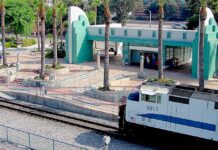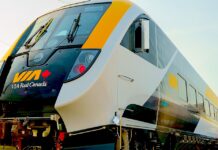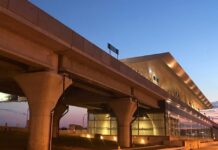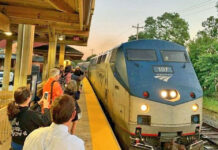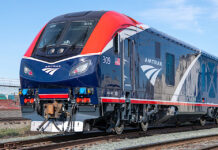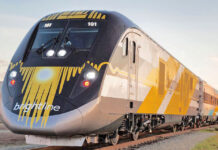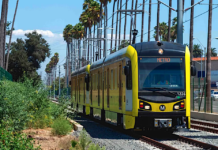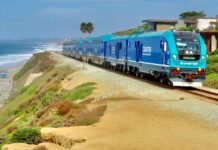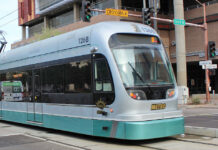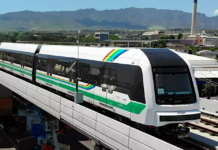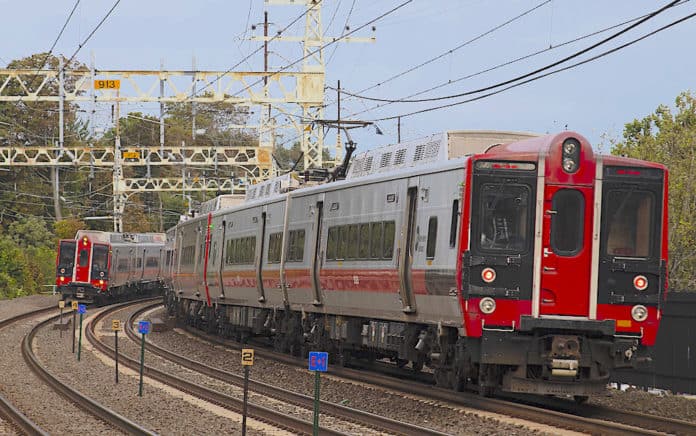
Failing infrastructure plagues Metro-North New Haven Line
Metro-North’s New Haven Line – a crucial transportation link between Connecticut and New York City – needs billions of dollars in upgrades and repairs if it is going to play a high-profile role in the state’s economic development in the 21st century. A recent study recommends spending $8 billion to $10 billion could shave as much as 25 minutes off a commute from New Haven to Grand Central in the next 10 years. For the vision of a modern railway system in Connecticut to unfold, however, funding will be needed. [masstransitmag.com]
Transit seek ways to turn the corner on the pandemic
Those returning to the daily commute this summer can expect to see free and discounted rides, shorter wait times and even new technology to provide greater safety and convenience — all part of an effort to recapture ridership as the coronavirus recedes and the U.S. reopens. While making up the lost revenue is a major motivation for transit systems, some are also looking to provide equitable access for lower-income front-line workers who have relied on their services throughout the pandemic. [nbcnews.com]
Next stop hydrogen? The future of train fuels
Although rail has a less harmful impact on the environment than many other modes of transport, the industry is constantly striving towards alternative fuels which could help reduce its environmental impact. Some companies are turning to hydrogen to fuel their trains. Both Germany’s Alstom ‘Coradia iLint’ and the UK’s HydroFLEX rely on hydrogen to operate with zero carbon emissions. But more than a clean energy source that supports zero-carbon strategies, hydrogen fuel cell technology also provides a more powerful and efficient energy output compared to fossil fuels. [railway-technology.com]
Reviving the inland route to New York City
We moved from the Boston area to the Pioneer Valley in 2002 in search of more affordable housing. The smaller towns and cities in central and western Massachusetts have long attracted people like us with their abundance of reasonably-priced homes and a less hectic lifestyle. What’s missing from life in our neck of the woods? About 130,000 jobs not created since 1990 due to the lack of regional and intercity rail connectivity, according to a new study. That study crunches the numbers to show that continued investment in rail infrastructure on the so-called Inland Route between Boston and New York City could have a 10-to1 return on investment. [commonwealthmagazine.org]

